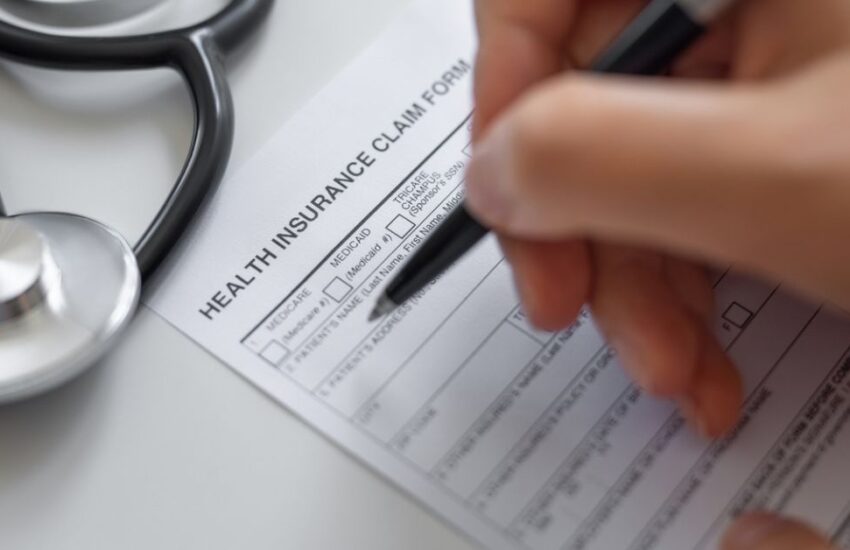How I Switched My SSS, Pag-IBIG, and PhilHealth as a Freelancer
One of the things I didn’t expect when I became a full-time freelancer? Government contributions.
Suddenly, HR wasn’t there to sort out my SSS, Pag-IBIG, or PhilHealth. It was on me, and I had no idea where to start.
If you’re a new freelancer trying to figure this out, this post is for you.
Why You Need to Update Your Status
When you’re employed, your company handles your monthly contributions and filings. However, once you transition to full-time freelance work, you will need to switch to voluntary status. Otherwise, your contributions stop. No payments mean no coverage, no benefits, and no progress toward retirement.
These contributions are not just obligations, but also protections. They matter, especially if you’re thinking long-term.
The Early Confusion (And the Questions I Had)
In those first few months, my head was spinning with questions like:
- How do I switch my contributions from an employer to voluntary?
- Can I still use my old numbers?
- How do I even make payments?
- Can’t I just skip all this and deal with it later?
I wanted to deal with it later, but the more I ignored it, the more stressful it became, so I just dealt with it anyway.
What I Actually Did (And Why I Took the Easy Route)
Here’s the truth: I didn’t go to the agencies or fill out all the forms myself.
After asking around, I ended up hiring a trusted bookkeeper to process everything for me. She was already bookkeeping for my sister’s business, so it was a lucky coincidence and an easy decision.
And I’ve never looked back.
At that point, I was already deep into freelance work. I had clients to manage and deadlines to hit, and the last thing I wanted was to spend hours lining up and hopping from one government office to another, or navigating complicated government portals. At that time, these agencies had just begun to transition online, so their portals weren’t as user-friendly as they are now.
So I paid for help. Sometimes, time is more valuable than money, and this is a perfect example. Yes, it was a bit expensive, but it saved me so much time and stress. I’d make the same choice again and again.
Today, I still work with the same bookkeeper. I even asked her to handle my MP2 savings and other government-related stuff. I like the convenience of having someone I can message when I have questions about anything related to government compliance.
Tips for Finding a Good Bookkeeper
If you’re thinking about hiring a bookkeeper too, here are a few things that helped me:
Ask for referrals
Personal recommendations are gold. I trusted mine because she was already working with my sister’s business.
Look for someone familiar with freelancers
Freelance income can be irregular and handled differently compared to a regular business.
Prioritize trust over price
A cheap service won’t matter if it causes more headaches later. It’s worth paying a little more for peace of mind.
Clarify what services are included
Make sure you know exactly what they’ll help you with, like updating your statuses, monitoring payments, reminders, etc.
Check communication style
You want someone responsive and can explain things in a way you understand.
If You Want to DIY It, You Totally Can
Just because I hired help doesn’t mean you have to. Plenty of freelancers do this on their own, and you absolutely can too, especially if you prefer to learn the process or save on costs.
There are lots of step-by-step resources online about how to do this for each agency, or better yet, you can go straight to the nearest SSS, Pag-IBIG, or PhilHealth office to get the most accurate and updated guidance.
Below is just a general overview based on what I researched. It’s not a full how-to (I’ll leave that to the experts!), but it should give you a basic idea of what to expect.
SSS
- Go to the nearest branch or update your status online through My.SSS Portal.
- Fill out the Member Data Change Request form.
- Keep your same SSS number.
- Pay contributions via GCash, Bayad Center, or through the SSS Mobile App.
For more information, you can visit the official SSS Website.
Pag-IBIG
- Update your member information through the Pag-IBIG Online Services portal.
- Fill out the Member’s Change of Information Form (MCIF).
- Once approved, continue making monthly payments via GCash, PayMaya, or online banking.
- You can also start or grow your savings through Pag-IBIG MP2.
Official site: Pag-IBIG Fund Website
PhilHealth
- Update your records by submitting a PhilHealth Member Registration Form (PMRF).
- You can submit it physically or via email if your local PhilHealth office allows it.
- Pay your contributions through GCash, PayMaya, or partner payment centers.
Learn more at the PhilHealth Website.
It won’t always be smooth, but it’s doable. And if you’re the type who likes keeping full control of your paperwork and finances, this route might suit you better.
Do We Really Still Need to Pay for These?
This is a common question I hear from fellow freelancers:
“Do I really need to keep paying SSS, Pag-IBIG, and PhilHealth? It feels like I’m not getting anything in return.”
I know, right? Trust me, I’ve asked the same thing. It’s frustrating when you don’t feel the benefits right away. And yes, the system isn’t perfect.
But here’s why I still think it’s worth it:
1. It’s an obligation as a working citizen.
As part of the workforce in the Philippines, we’re expected to contribute to these government programs, not just for ourselves, but as part of our social responsibility.
2. It helps build your safety net.
- SSS contributions count toward retirement, maternity, and disability benefits. You can also qualify for loans in an emergency.
- Pag-IBIG allows you to apply for housing loans and grow your money through MP2.
- PhilHealth coverage can ease hospital bills, and even just having an active account can make a difference during emergencies.
You don’t have to pay huge amounts either. Even minimum contributions keep your accounts active and your benefits intact.
Final Thoughts
Whether you choose the DIY route or hire a bookkeeper like I did, the important thing is not to ignore it. Government contributions are part of building a freelance career.
So if you’re still figuring this out, take it one government office at a time. Ask questions. Make that one payment. Schedule that visit or send that email.
And remember: doing things the easier way doesn’t make you less legit. It just means you’re choosing what works best for you.
Have a question or just want to connect? Feel free to send me an email or follow along on Instagram @virtualtita. Let’s talk freelancing, personal finance, or anything in between. And if you’d like tips and stories delivered straight to your inbox, sign up for the newsletter below.


